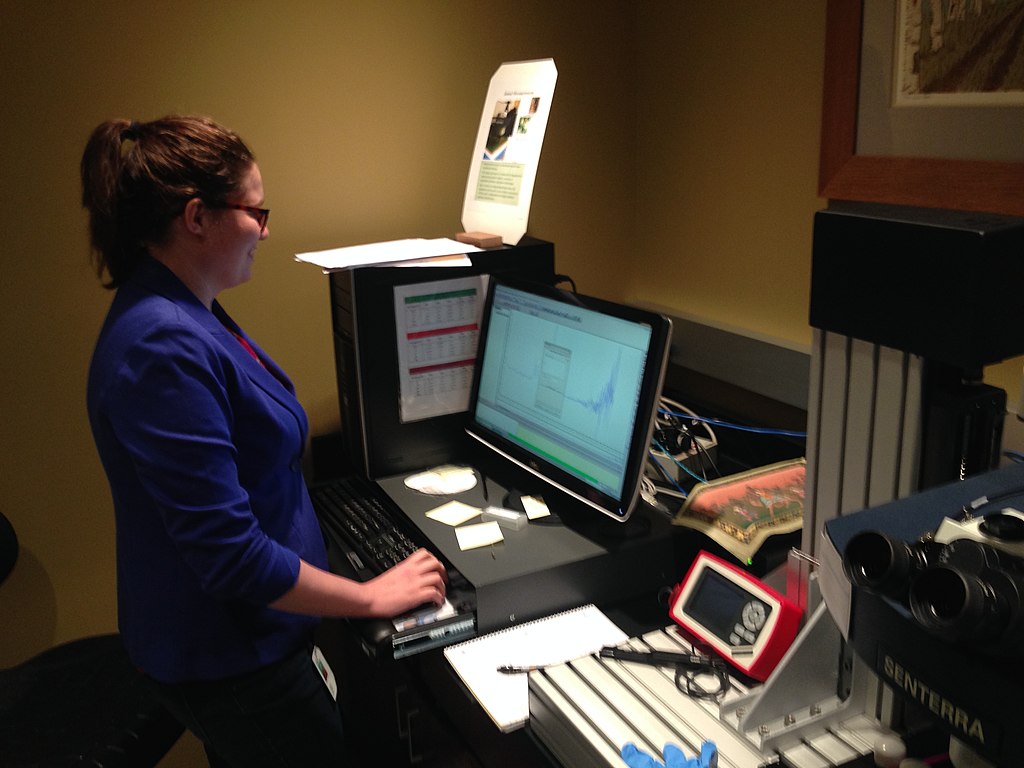Producing the best biotherapeutics depends increasingly on the use of sensors to track the process. One way to do that is with Raman spectroscopy. Recently, Ishan Barman, PhD, professor of mechanical engineering at Johns Hopkins University in Baltimore, and his colleagues reported that Raman spectroscopy “has revolutionized the field of chemical biology by providing detailed chemical and compositional information with minimal sample preparation.” These scientists improved on traditional Raman spectroscopy in a way that could make this sensing technology even more useful to bioprocessors.
In Raman spectroscopy, photons from a laser interact with a sample’s molecules and shake them. Those molecular vibrations change the wavelength of the scattered light, which can be analyzed to interrogate a sample’s “biochemical composition information,” as Barman and his colleagues described it. To get all of this information, though, Raman spectroscopy is low throughput, which is not a feature of sensors that any bioprocessor wants.
Nonetheless, Raman spectroscopy can be accelerated with compressive sensing. As Barman’s team explained, this technique “enables the collection of sparse data in real-time, which can then be computationally reconstructed, often utilizing remote servers or cloud computing.” Consequently, compressive sensing can make Raman spectroscopy faster, less expensive, and improve portable instruments that could be taken to a bioprocessing line.
As an example, Barman’s team used compressive sensing with Raman spectroscopy to predict the concentration of bovine serum albumin in water. Even with 90% of the data missing, compressive sensing produced concentration predictions with “the highest coefficient of variation of around 2.7%,” the scientists noted.
Consequently, Barman’s team concluded: “For concentration prediction of known components, such as in the case of bioprocess monitoring, there is a clear opportunity to produce a huge advantage in speed with only a modest compromise in regression metrics.”
So, shaking up Raman-based sensing could add speed and reduce costs for a bioprocessor, and that’s just what they need.


